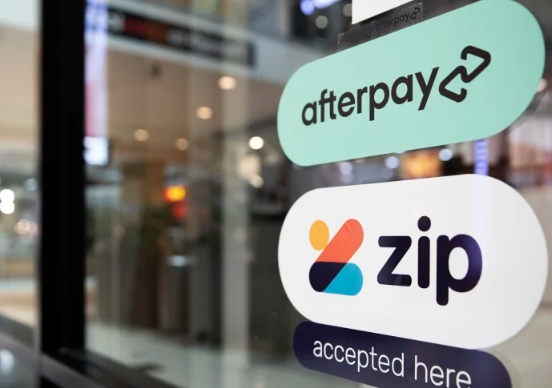When it comes to managing your home loan effectively, two commonly discussed features are redraw facilities and offset accounts. Both can help you save money on interest, but they work in slightly different ways. So, what’s the difference, and how do you decide which is best for you? Let’s break it down.
Redraw Facility
A redraw facility allows you to make extra payments on your home loan and later withdraw those funds if you need them. It’s like overpaying your mortgage but having the flexibility to pull out the extra cash later if necessary.
Pros:
- Interest Savings: The extra payments reduce your loan balance, which lowers the interest charged on your mortgage.
- Flexibility: You can access those extra funds if an emergency or big expense arises.
- Disciplined Saving: You’re less likely to dip into the money because it’s not as easily accessible as a regular savings account.
Cons:
- Limited Access: Some banks limit the number of redraws or impose fees for using the facility.
- Not Instant: Accessing funds from a redraw facility can take time (typically a day or two).
- Restrictions: Some loans may have restrictions on how much you can redraw.
Offset Account
An offset account is a transaction account linked to your home loan. The balance in this account is deducted from your loan balance for interest calculation purposes. For example, if you have a $500,000 loan and $20,000 in your offset account, you’ll only be charged interest on $480,000.
Pros:
- Immediate Savings: Every dollar in your offset account works to reduce the interest charged on your home loan.
- Easy Access: Unlike a redraw facility, an offset account functions like a normal bank account. You can access your money instantly for daily transactions.
- Tax Benefits for Investors: If you’re an investor, an offset account helps keep your loan balance intact, which can offer tax benefits if you switch the property to an investment.
Cons:
- Higher Fees: Offset accounts sometimes come with higher account fees compared to standard loans.
- Discipline Required: Because the money is easily accessible, you need to be disciplined to ensure the balance remains high enough to reduce interest.
Which One Is Best?
There’s no one-size-fits-all answer. Here’s what to consider:
- For Flexibility: If you need easy, instant access to your savings, an offset account may be the better option.
- For Saving Discipline: If you prefer your savings to be a bit more “out of sight,” a redraw facility might help you keep extra payments in the loan without easy access for everyday spending.
- For Investors: Offset accounts are typically more beneficial for investors who want to keep their loan balance high for tax purposes.
Both redraw facilities and offset accounts offer effective ways to manage your home loan and reduce interest, but the right choice depends on your individual needs and financial habits. Always chat with a mortgage expert to ensure you’re making the best decision for your financial situation.
Looking for advice on the best option for you? Contact us at Mynt Financial, and we’ll help you make the right choice to save time and money on your home loan!
The information provided here is for general guidance only and should not be considered as financial or tax advice. While all care has been taken to ensure the accuracy of this information, we strongly recommend consulting with a qualified financial or tax professional to discuss your individual circumstances before making any decisions.





